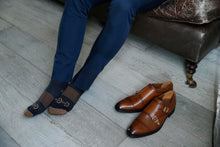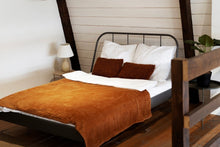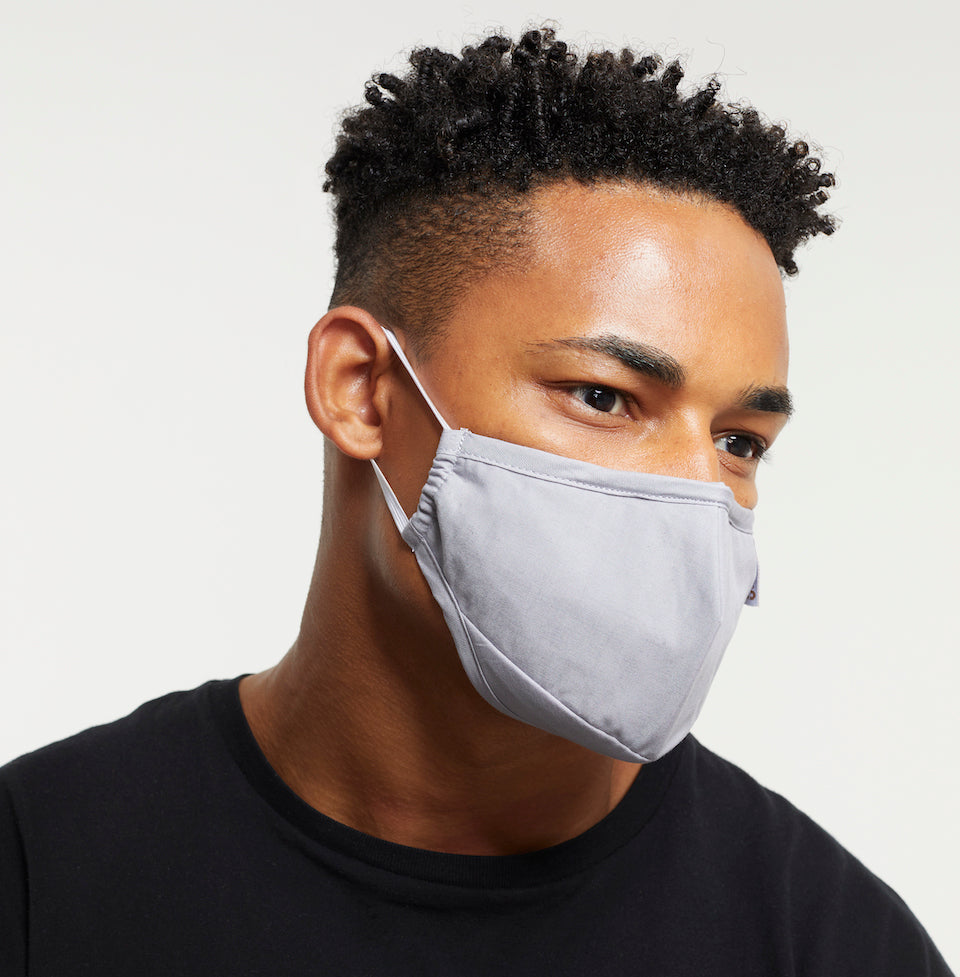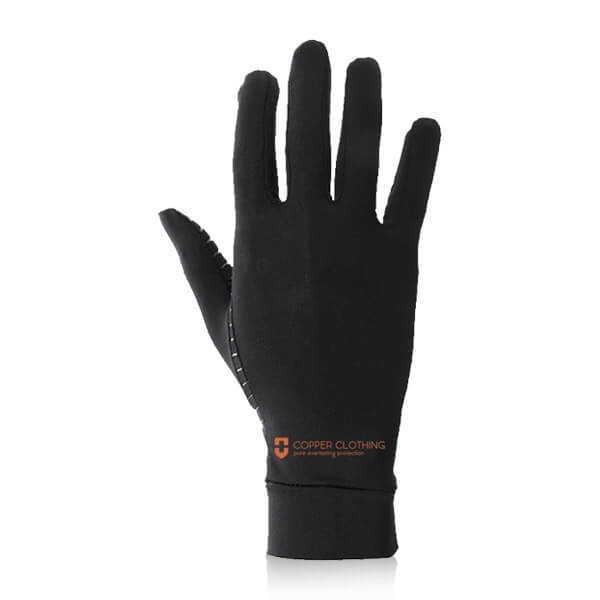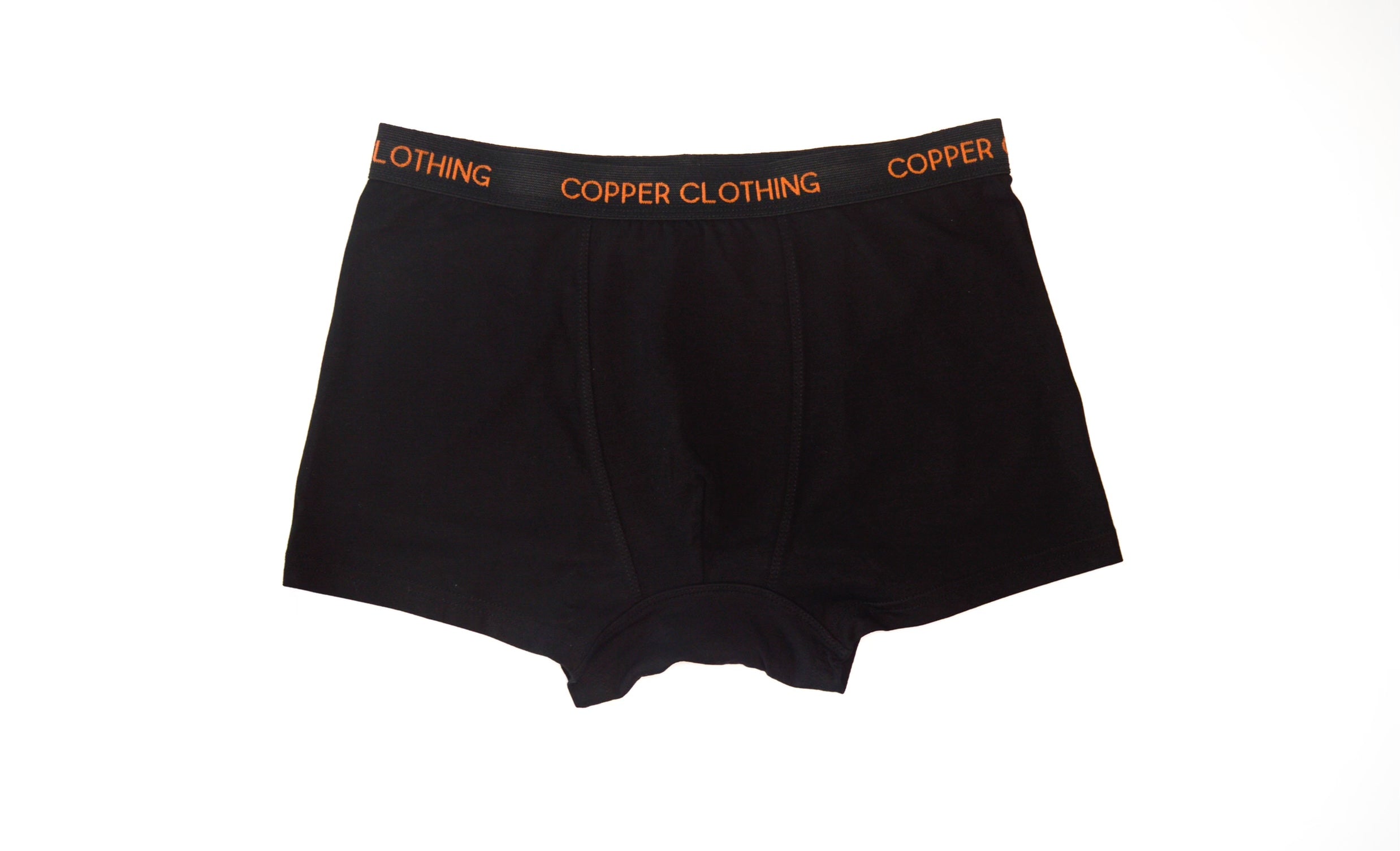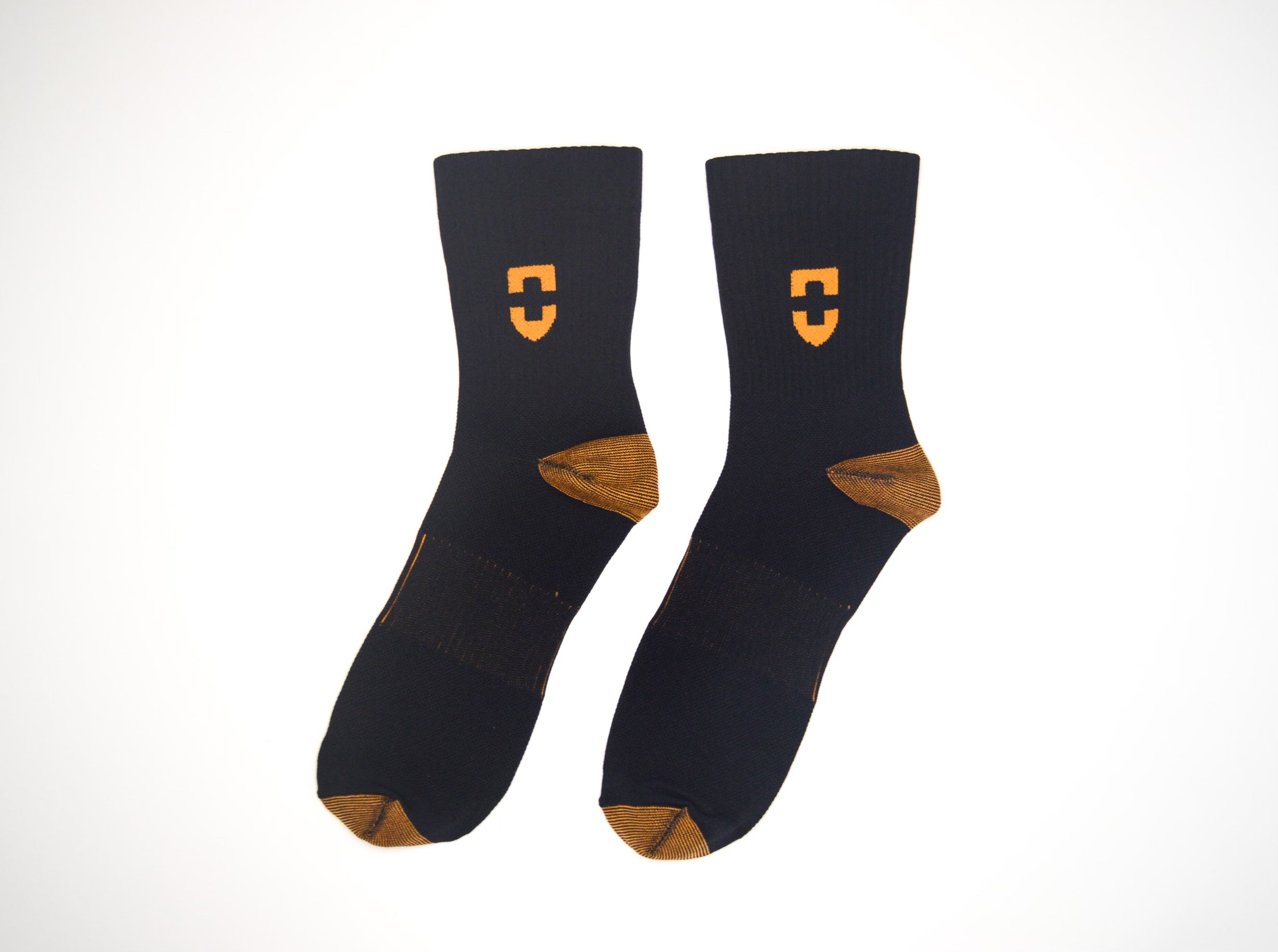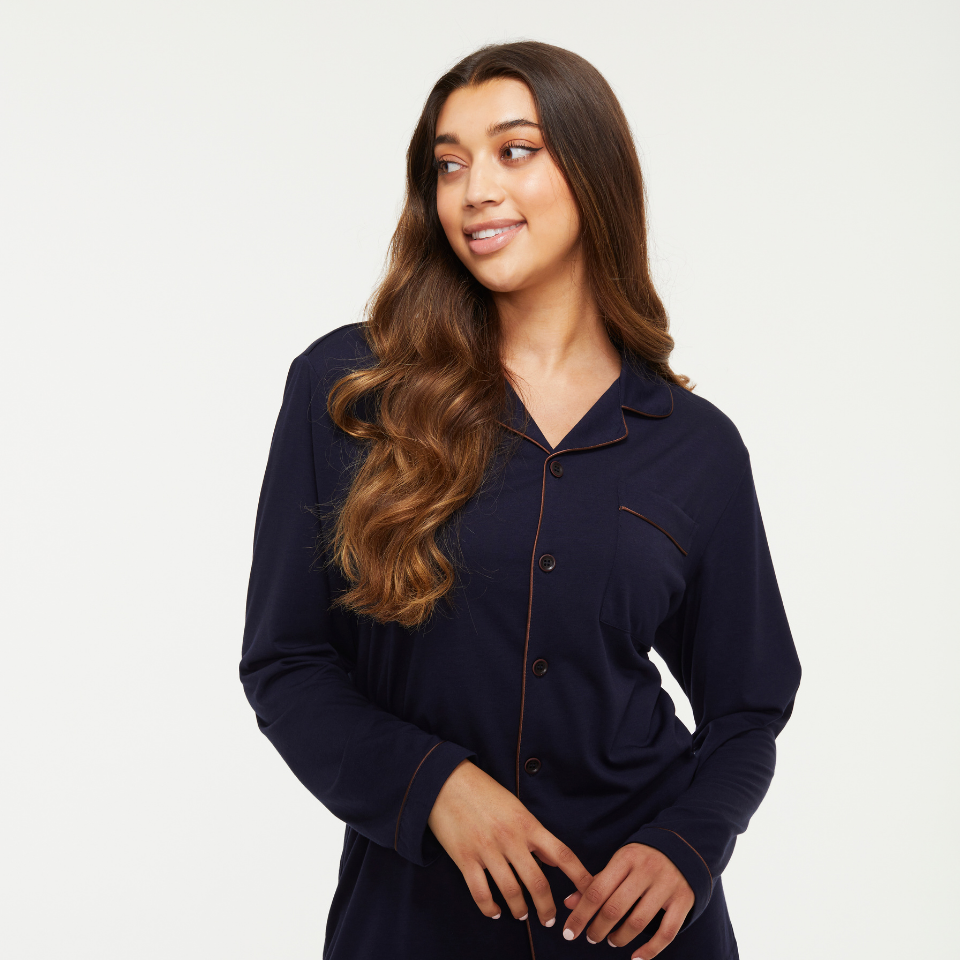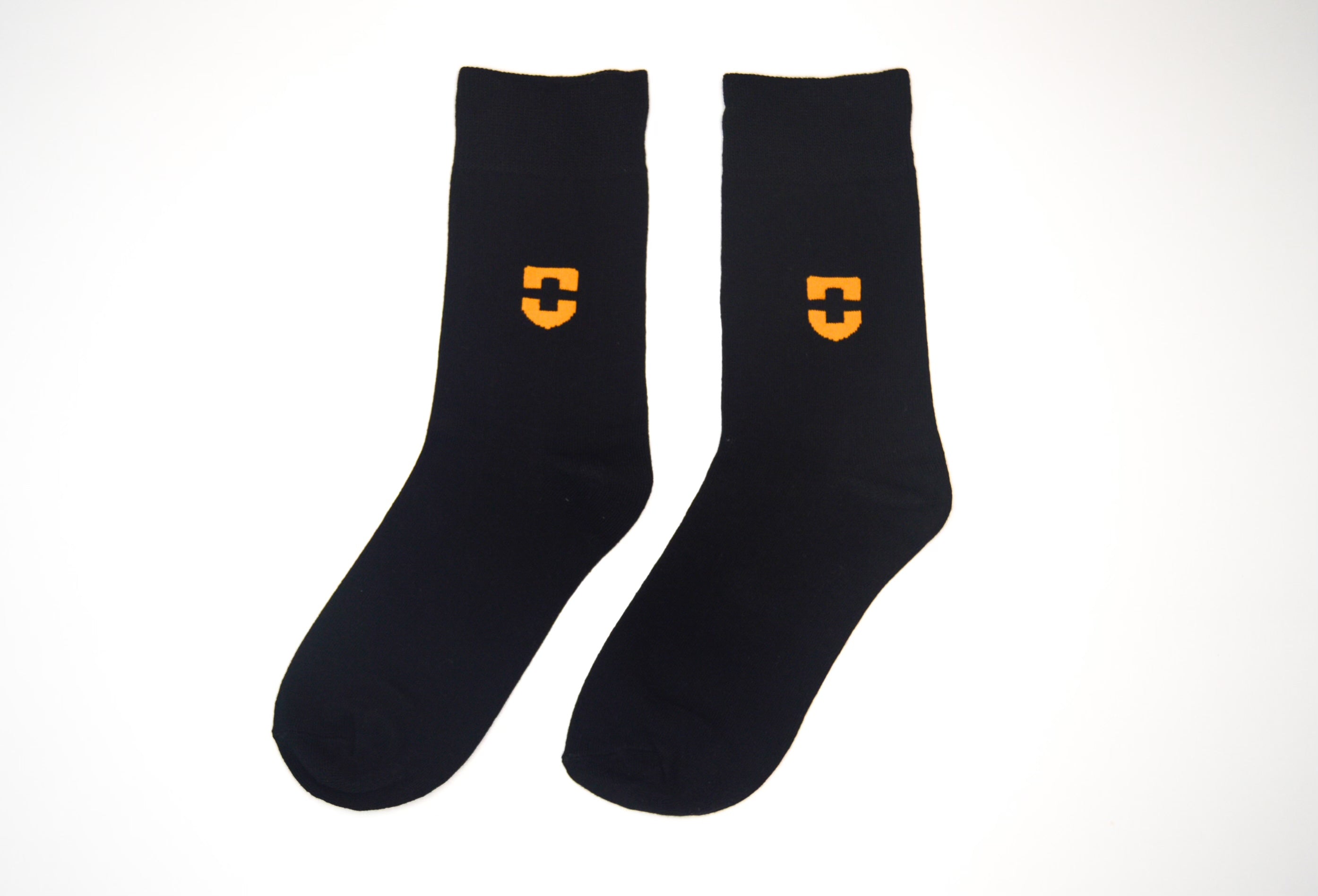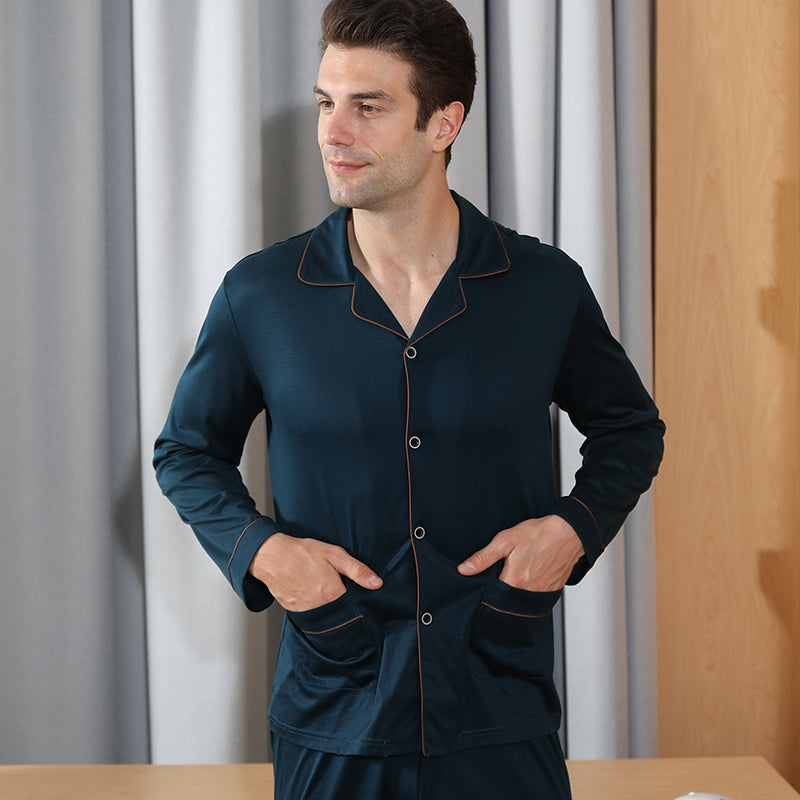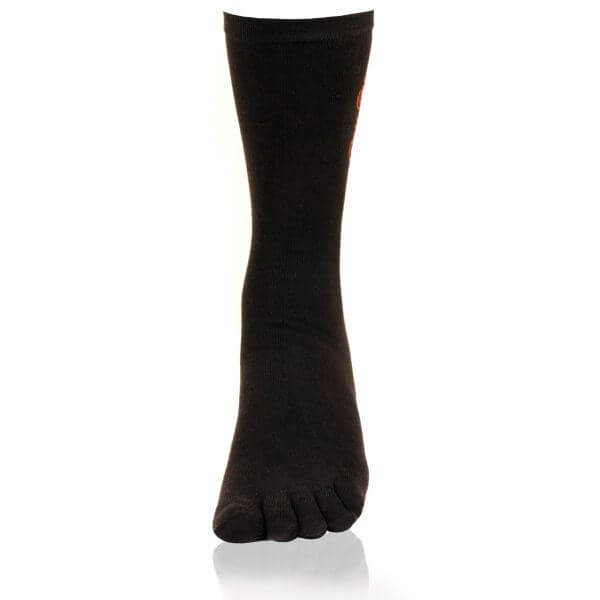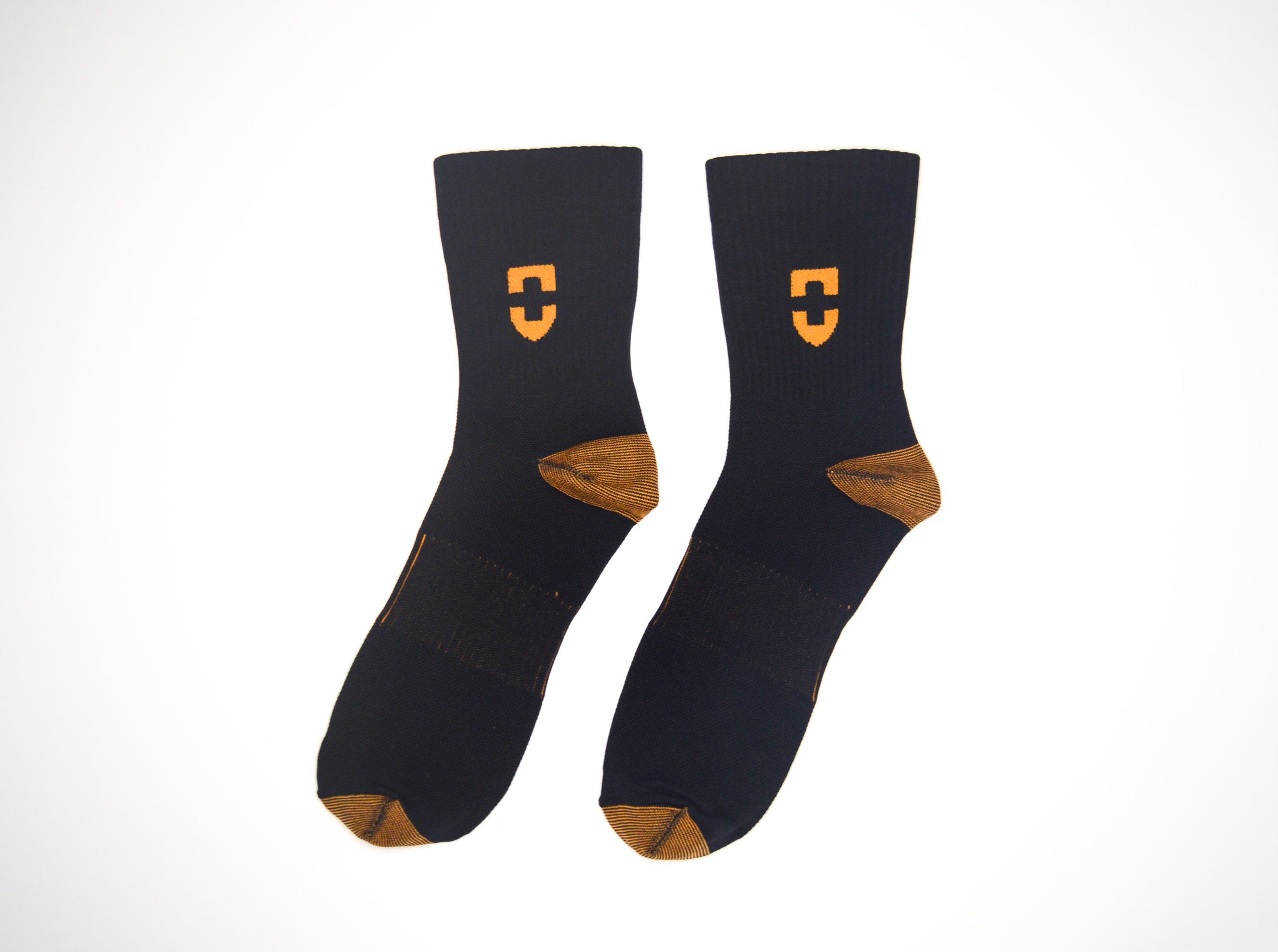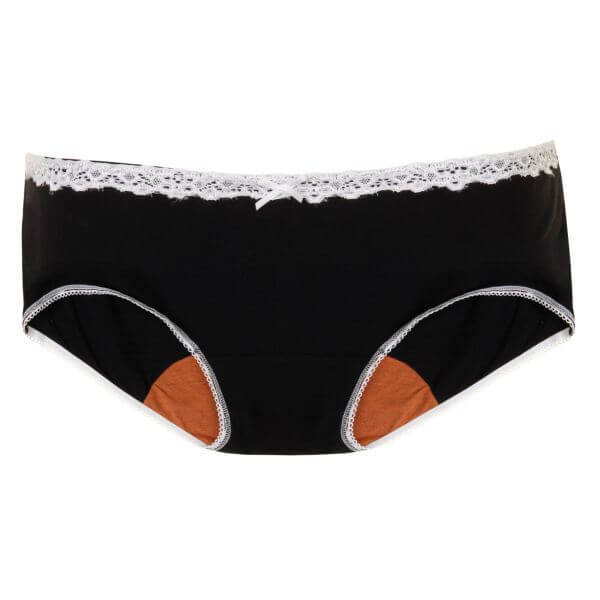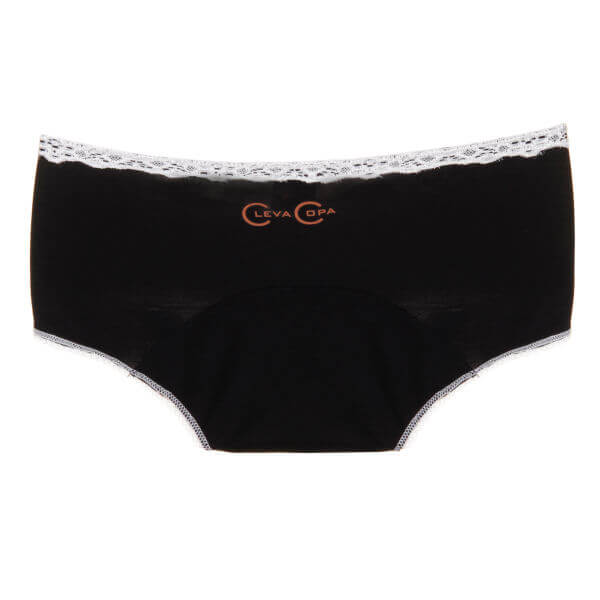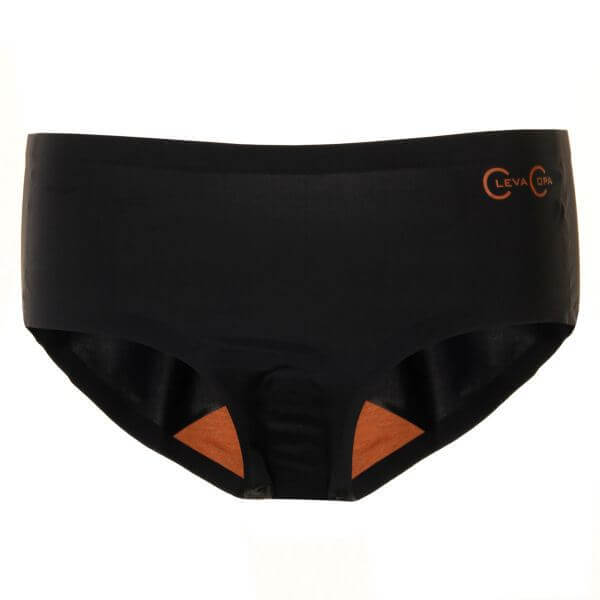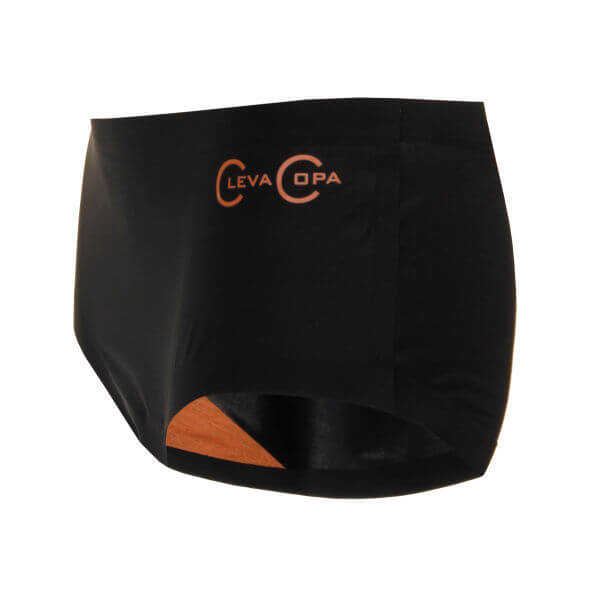MRSA in the Community: Causes, Risks, and Smart Prevention Tips
Published
October 16 2025
Key Takeaways: MRSA in the Community: Causes, Risks, and Smart Prevention Tips
- MRSA in the Community is Real: It doesn’t only happen in hospitals. You can come across it in gyms, locker rooms, and crowded sports areas.
- It Spreads Through Daily Contact: Sharing items, touching dirty equipment, or having cuts puts you at risk.
- Early Symptoms Matter: Red bumps, pus, and fever are warning signs you should never ignore.
- Prevention Starts With Small Habits: Washing hands, covering cuts, and cleaning gym gear protect you and those around you.
- Copper-Infused Products Can Support Your Routine: Towels, gloves, and pyjamas infused with copper give you an extra layer of defence against bacteria.
Do you spend time in gyms, sports clubs, or crowded fitness spaces? If so, you must understand the spread of MRSA in the community. Yes, it’s not just a hospital issue anymore. It even spreads in places where healthy and active people gather.
The good news is you can avoid most risks with some simple habits. Let’s look at what MRSA is, how it spreads, and the best ways to protect yourself.
What is MRSA, and How is MRSA Transmitted?
MRSA is short for “Methicillin-Resistant Staphylococcus Aureus”. In simple words, it’s a type of staph bacteria that doesn’t respond to many common antibiotics. It usually starts as a painful skin infection that looks like a boil or pimple. However, it can progress to more serious, sometimes fatal conditions, including pneumonia or bloodstream infections.
At first, MRSA was mostly found in hospitals and nursing homes. That’s called hospital-acquired MRSA. But now, there is another type called “Community-Associated MRSA (CA-MRSA)”. It usually spreads through direct contact, like when people touch during sports, share equipment, or use the same towels.
You are more likely to come across community MRSA if you are a fitness enthusiast, wrestler, athlete, or child care worker. You are likely to catch it if you spend time in crowded spaces like dorms or locker rooms.
How Does MRSA Spread in the Community?
MRSA passes easily when bacteria move from one surface or person to another. Here are the main ways it happens:
- Through skin-to-skin contact during sports or workouts
- When you share towels, razors, or personal items
- By touching unclean gym equipment, benches, or mats
- When bacteria enter through cuts, scrapes, or open wounds
- In locker rooms and crowded fitness areas where germs thrive
This is why gyms, where you sweat and touch shared items, often become a hotspot for MRSA.
What are the Symptoms of MRSA You Should Watch For?
Your skin is typically where MRSA first appears. Here's something to observe:
- Tender, swollen, and red pimples
- Pus or discharge from the sore
- Fever or chills if the infection worsens
- Warmth and pain surrounding the area
- In severe cases, infections may spread to the blood, lungs, or bones
- It's recommended to get medical attention right away if a bump appears to be a spider bite or if it gets worse rather than getting better.
What are the Typical Causes and Risk Elements of MRSA?
Why is it that MRSA spreads in the community so readily in gymming & sports environments? The following are some typical reasons why MRSA is found in the community:
- Direct Contact During Sports: In close-quarters sports like football, wrestling, or sparring, bacteria have the ideal opportunity to transfer from one person's skin to another.
- Equipment That is Shared or Unclean: If weights, yoga mats, and gym machines aren't cleaned after frequent use, they may harbour bacteria.
- Contaminated Surfaces: In warm, humid conditions, bacteria can remain on benches, floors, or even towels for hours.
- Bad Hygiene Practices: not washing your hands, reusing clothes that haven't been washed, or not taking a shower after working out allow bacteria to remain on your skin.
- Environments in Locker Rooms: Bacteria grow more rapidly in warm, humid environments. This factor increases their likelihood of spreading through lockers.
- Cuts and Scratches on the Skin: MRSA germs can enter your body through even tiny incisions and cause infections.
How do MRSA Superbugs Affect Fitness Enthusiasts?
For athletes and gym-goers, MRSA isn’t just a minor bump. It can take you out of training and even competitions. Infections often need antibiotics, wound care, and sometimes hospital visits. That means extra costs and lost time at the gym.
What Studies Are Showing
Here's what studies show:
- MRSA infections are on the rise in fitness centres in both the US and UK
- People who skip disinfecting gym gear are more likely to get skin infections
- Contact sports teams report group outbreaks linked to locker rooms
- Experts now say community MRSA is more common than hospital MRSA
These findings underline why athletes need to stay alert about hygiene.
How to Prevent MRSA: Some Effective & Practical Tips
MRSA prevention is easier than you think. Here are simple habits you can add to your daily routine to steer clear of this condition:
- Don't Share Anything: Avoid sharing personal goods such as bottles, towels, and razors because they might spread bacteria.
- Wash Your Hands Frequently: The most effective technique to get rid of germs is still with soap and water. Perform it before meals, after working out, and anytime your hands feel unclean.
- Keep Hand Sanitiser With You: If you are unable to reach a sink, a hand sanitiser that contains at least 60% alcohol works.
- Use Clean Linens & Fabrics: Because bacteria love wet, old fabric, change and wash bedding and towels frequently. Using clean linens certainly reduces your risk.
- Cover Wounds and Cuts: Until the wound heals, a little bandage can prevent bacteria from penetrating your skin.
- Pay Attention to Sporting Injuries: A cut's surrounding redness, swelling, or warmth could be an early indicator of infection.
- Clean the Exercise Equipment: To prevent MRSA for others and yourself, clean mats, benches, and machinery both before and after usage.
- Select the Appropriate Antiseptic Products: Using a reputable cleanser reduces the formation of bacteria on your skin.
- Hydrate Your Skin: Your skin serves as a barrier, so it’s important to keep it healthy. Bacteria can easily enter through dry or broken skin.
- Take Shower After Working Out: Take a shower as quickly as possible to remove perspiration, grime, and bacteria before they have a chance to become established.
- Keep an Eye Out for Early Symptoms: Seek medical assistance right away if you notice pus, bumps, or a fever.
- Create Barriers: Reduce direct contact between your skin and a machine by using a barrier, such as a clean towel or gym attire.
How do copper-infused Products Help?
Besides hygiene, certain products can give you extra support. Copper is known for its natural antimicrobial power. It helps reduce bacterial growth on fabrics and surfaces. For fitness lovers, copper-based items are worth trying.
Some helpful choices include:
- Copper-infused bath & gym towel for cleaner workouts
- Copper compression gloves if you use weights or shared gear often
- Copper pyjamas for added protection at night
These products aren’t a replacement for good hygiene. But they add another layer of safety to your fitness routine.
Now you know how MRSA is transmitted and the simple habits that stop it from spreading. By recognizing the symptoms of MRSA early and sticking to hygiene practices, you can protect yourself in gyms, locker rooms, and sports clubs. Adding copper products to your routine can make prevention even easier.
Stay consistent with these habits, and enjoy your workouts without worrying about infections slowing you down!







